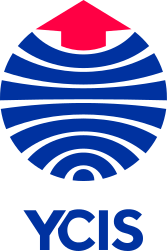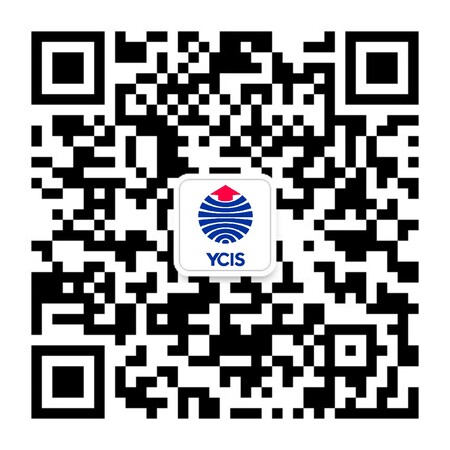Go Back
News
News
University Fair: How to Choose the Best-Fit School
News
27 Oct, 2017
10 : 00
Throughout their academic careers, students work hard towards being accepted to the university of their choice. Yet how are students prepared for actually choosing the right university?
At Yew Chung International School of Beijing, one of the central objectives of our University Guidance Programme is just that – to help students find the best-fit university for them. That often means weighing dozens of school options based on factors such as location, rankings, academic programmes, and school fees.
To help students narrow down their choices, last week Dr Susan Wiltshire, University Guidance Counsellor at YCIS Beijing, organised two University Fairs, inviting representatives from over 20 schools in the US, Canada, the Netherlands and Hong Kong to visit campus and share information with Secondary students.
As a partner to students throughout the university selection and application process, Dr Wiltshire stood with students during the University Fairs, helping them to ask the right questions and to better formulate their shortlist of prospective schools.
Below, Dr Wiltshire shares some of the advice she gave students, including discussion of several key factors to consider when searching for a best-fit school.
Brainstorming Fit
When working with students, the most important thing we’re looking for is something we call Fit Universities. When students go out into the world, it’s essential that they find a university that’s an academic, social, and cultural fit.
This begins by asking students to start brainstorming about where they would like to go. We start working with students in Year 12 so that we have plenty of time for them to unpack their ideas and start visualizing themselves in the future. They undertake research about the country that the universities are located in, looking at things like the quality of living and the happiness index, as well as looking at student surveys conducted on the various campuses – for example, how well do students feel that the international student community is supported.
The initial brainstorming session can open up many possibilities. Once students begin applying Fit University Criteria to a list of prospective schools, the list will start to narrow. It’s a long journey and a long process.
Pruning the List
By the end of Year 12, students should have undergone a journey of self-discovery, including reflections on their future aspirations, what they’re good at, what they’re challenged by, and where their interests lie. The resulting list should now be spread between 2-3 countries and divided further by groups of “Reach Universities”, “Match Universities”, and “Safety Universities”. These categories correspond to students’ predicted International Baccalaureate Diploma Programme (IBDP) scores, though each school has been tested against the students’ Fit Criteria.
It’s also towards the end of Year 12 that focus should be given to parental buy-in. Parents may sometimes be predisposed to wanting their children to attend universities with famous names, but again, ensuring the proper overall fit is more important. The starting point shouldn’t be the name of the university, but rather, it should be the programmes and opportunities that the university offers (of course, desired programmes are determined after months of careful inward reflection and career planning).
Parents are an essential part of the equation, so it’s important that they are brought in for a meeting with the University Guidance Officer and the student themselves in order to discuss and confirm the student’s list before the final step of beginning the application process.
Shifting Horizons
Finally, there is a change in the university landscape that students should also be aware of during the selection process. There are more and more universities offering dual and even triple degrees, as well as internships and co-op’s built into the undergraduate programmes. Students could effectively choose a school and graduate four years later with 3 degrees and/or work experience at a top company.
In looking for best-fit for students, attention should be paid to shifting landscapes in higher education itself. This requires a considerable degree of horizon scanning to see what’s happening out there and what might be happening next.
















